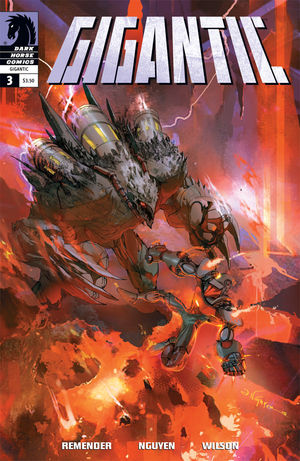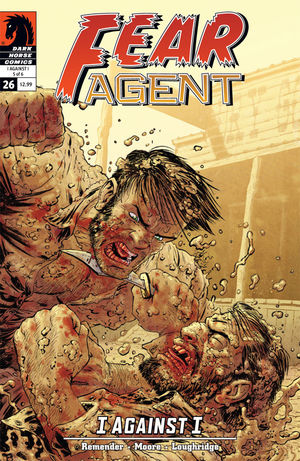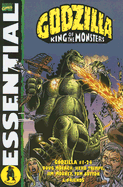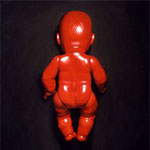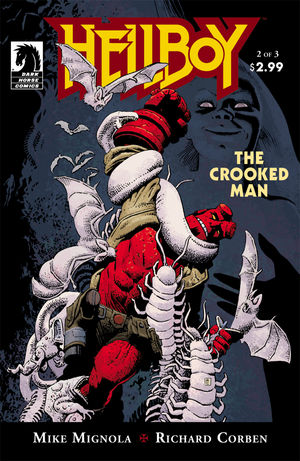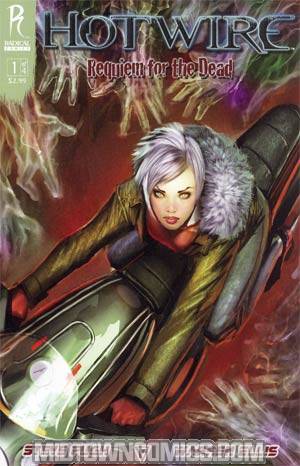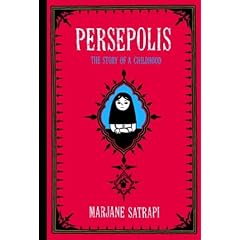 by Ross Campbell
by Ross Campbell
The Minx line of books didn't last that long at DC. When news of its death began circulating, there was a lot of press and opinion on the internet about what a shame this was, and condemning DC for not promoting the books better (as well as condemnation of the direct market for not doing a better job of making a place for comics like this). When all this went down, I didn't really know what to make of it all, as the only Minx book I'd read was New York Four, and that's only because it was by Brian Wood and Ryan Kelly (who could collaborate on a phone book and I would order it).
So Water Baby is my first real exposure to this line of 'graphic novels for teenage girls.' It was not, on any level, what I would have expected from such a description. Water Baby is about Brody, a teenage (although I would have guessed early-20s) girl who lost her leg to a shark well surfing. It's now a year after the accident, and her friend Louisa has moved into her apartment (above her mother's place) with her to help her get to physio and generally adapt to life. Her ex-boyfriend Jake shows up, and for some reason, he lives with them too, until they get sick of him and decide one day to drive him from Florida to upstate New York to get rid of him.
That's basically the plot. What surprised me about the book is the casual attitude that both the characters and the creator take towards sex, orientation, and personal hygiene. I can imagine many parents of young girls, especially in America, being taken aback at the news that Brody slept with Jake's father, and that she is now only interested in girls. I'm not prudish, but I felt that many of the scenes in this book are more adult than the audience they were supposedly marketed to.
To add to that, the girls are rather scantily clad throughout the book. That's a usual issue with super-hero comics as well, but in this case, the girls are beautifully drawn, and look more like real people (albeit, real people who spend all their time in bikinis, ripped t-shirts, and underwear). Again, I have no real problem with this, except that the characters are being portrayed as under-aged.
Campbell's artwork is beautiful. His characters are gorgeous and feel real. He does a fantastic job with grays to show the differences in their skin tones and colour. Brody's recurring dream sequences about sharks are fantastic, both for their visceral power and the creativity with which they reveal her fears. It really is a fantastic book to look at, and the women in it are really really hot.
I found that, aside from the nose-picking and lack of proper bathing, I started to really like Brody, who is more akin to a force of nature than a regular person. I found the ending to be a little abrupt, but overall, the book was enjoyable. I understand that the Minx line will be finding its way to Vertigo, which seemed like a strange thing until I read this book.
 Written by Antony Johnston
Written by Antony Johnston




